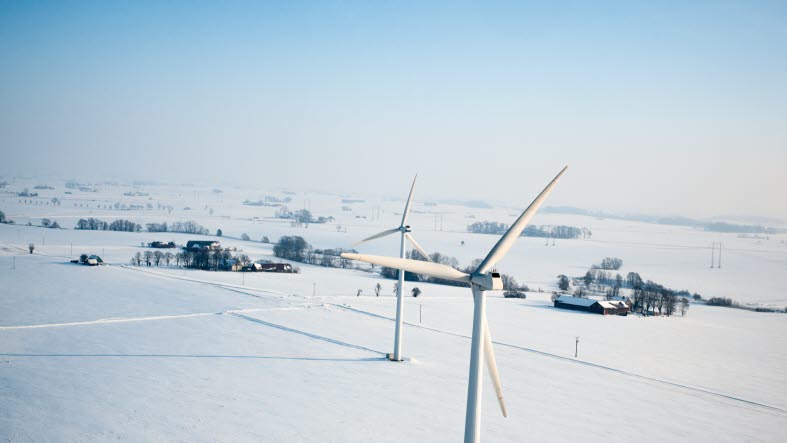The energy shocks of the early 2020s have triggered a policy revolution that is breaking with decades of free-market convention, suggesting that the global energy transition will proceed faster than historical transitions. This has now lifted the annual increase in renewable energy capacity to a level that matches the total increase in energy consumption. In other words, we are now at the peak for both CO2 emissions and fossil fuel consumption.
“This is not the beginning of the end for the transition though, or in any way cause for complacency – the dangers are abundantly clear in the new IPCC synthesis report,” says Thomas Thygesen, Head of Research, Climate & Sustainable Finance at SEB. “Nonetheless, it is a major breakthrough, keeping the possibility of a full decarbonization alive and shifting the focus to the real challenges of an accelerated transition, which will require all parts of the value chain to move together.”
Solving that problem will require sustained policy support and investments in clean energy technologies that are not yet profitable on a market basis, a significant increase in the supply of key materials, and vertical integration and coordination across supply chains, says Thomas Thygesen.
Water summit
Sustainability is about more than clean energy though, and this issue of The Green Bond is launched while policymakers gather in New York for the UN 2023 Water Conference. The report contains contributions from investors, corporations, research institutes, multilateral development organizations and corporations about their actions for improving water resource management.
“Water is perhaps not prominent on investors’ radar right now, but it will be,” says Gregor Vulturius, Advisor at Climate & Sustainable Finance at SEB. “Like energy, water is crucial for sustaining human lives and a crisis is brewing. That is why this issue of The Green Bond is dedicated to the water crisis, with interesting perspectives from a range of experts.”
Sustainable financing
The report also features an update on the sustainable finance market. January and February witnessed the second-best start to a year for labelled bonds and loans on record. A total of USD 227.3 billion in new labelled bonds and loans have been transacted so far this year, driven by a strong return to the market by supranational and other public institutions. In the equity market, inflows to ESG and SRI funds have not picked up in the same way, which we see as an early sign of a shift towards impact/transition strategies that are more aligned with the challenges in the next stage in the transition.
“Despite the resurgence in sustainable financing that we have seen so far this year, meeting investment needs for water and sanitation infrastructure improvement remains a huge challenge,” says Gregor Vulturius. “Achieving SDG6 ‒ to ensure availability and sustainable management of water and sanitation for all ‒ will require investments of USD 1 trillion, or 1.21 percent of global GDP, by 2030."
About The Green Bond report
SEB, which together with the World Bank developed the green bond concept in 2007/2008, publishes the research publication The Green Bond 5-6 times a year. It strives to bring readers the latest insight into the world of sustainable finance through various themes. Even though the report covers all kinds of products and developments in the sustainable finance market, we have decided to keep its historic name – The Green Bond – as a tribute to our role as a pioneer of the green bond market.
Read the full report: The Green Bond 22. March 2023

